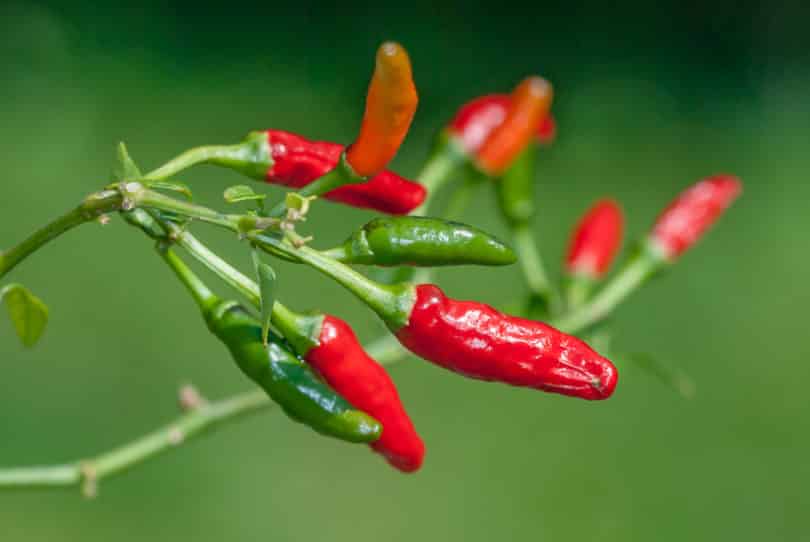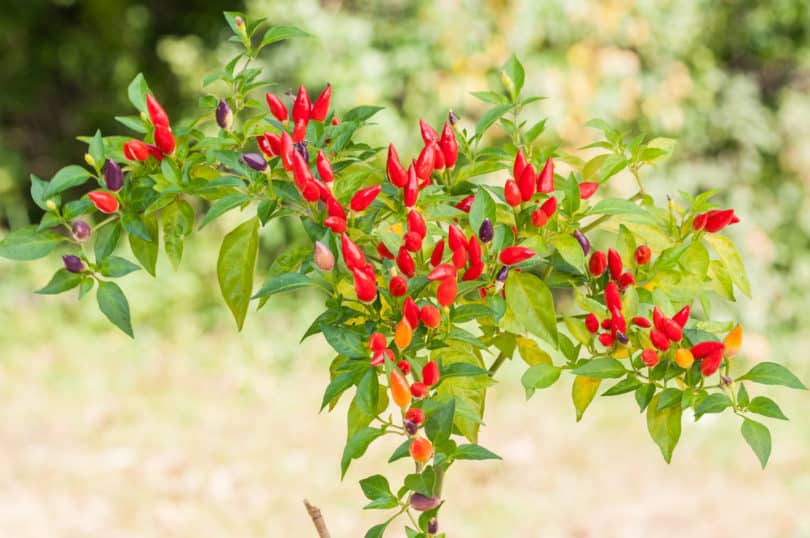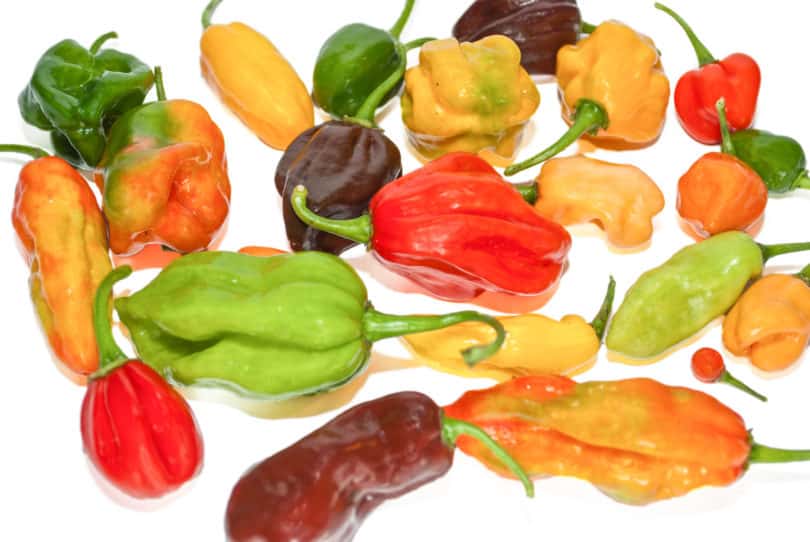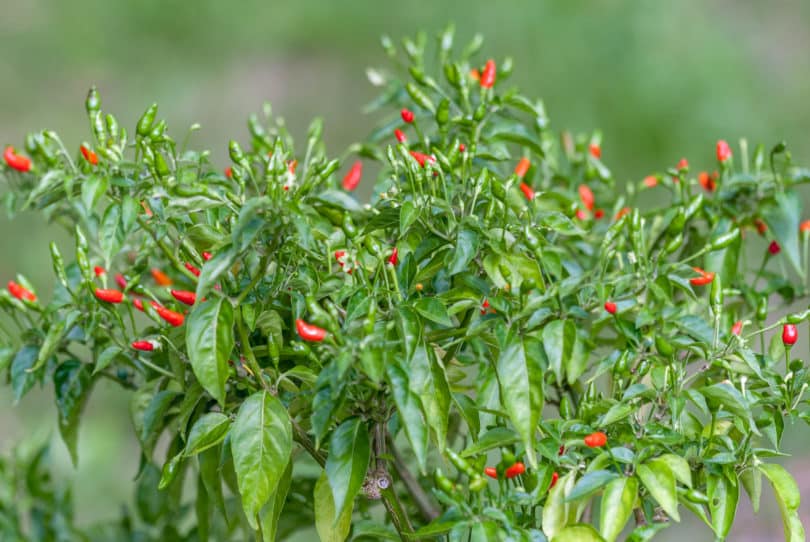
Die Süßpflanze Stevia rebaudiana ist eine Heilpflanze die ursprünglich aus Paraguay stammt, aber mittlerweile in Europa sehr bekannt ist. Sie wird vor allem zum Süßen von Speisen verwendet.
Wissenschaftlicher Name
Stevia rebaudiana Bertoni
Synonyme
Eupatorium rebaudianum Bertoni
Volksnamen
Honigblatt, Süßblatt, Süßkraut, Caá-heé, Yerba dulce, Stevia, caa-he-éé, kaa jheéé, ca-a-jhei, ca-a-yupi, azucacaa, eira-caa, capim doce, erva doce, sweet-herb, honey yerba, honeyleaf, yaa waan, candy leaf, honey grass, sweet plant, sugar leaf, Sweet Herb, Candyleaf, Ka-he, Paraguayan Sweet Herb, Sweet Leaf of Paraguay, Caa-he-é, Ca-a-yupi, Eira-caa, Capim doce, Sugar Plant of South America
Eigenschaften
Stevia rebaudiana findet schon seit vielen Jahren von der Urbevölkerung Paraguays Verwendung als Süßpflanze. Die Heilpflanze wird heute vor allem in Paraguay, Brasilien und Japan als natürlicher Süßstoff verwendet. Die ungewöhnlich starke Süßkraft von Stevia rebaudiana ist auf den Inhaltsstoff Steviosid zurückzuführen, welcher in den Blättern vorkommt. Der Anbau im Freiland in Deutschland ist von etwa Mai bis Oktober möglich. Stevia rebaudiana ist mehrjährig, muss jedoch frostgeschützt überwintert werden.
Rezepte mit Stevia rebaudiana
Anstelle von Zucker kann man getrocknete, zerkleinerte Blätter von Stevia verwenden um die Speisen zu süßen. Die Süßkraft von Stevia rebaudiana ist etwa 300 mal stärker als die von Zucker.
Fotos von der Süßpflanze Stevia rebaudiana

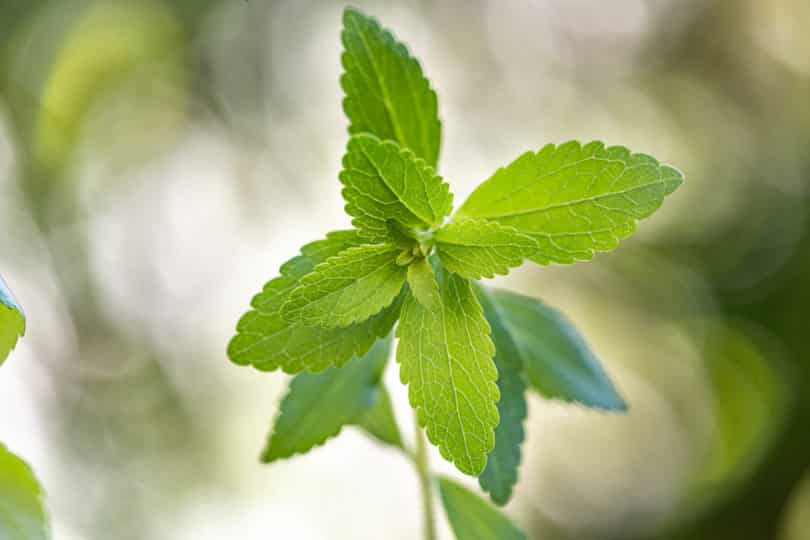
Herkunft und Verbreitung
Die Süßpflanze stammt ursprünglich aus Paraguay, wird heute aber in weiten teilen der Erde als Nutzpflanze angebaut.
Literatur
Barathi, N. (2003): Stevia – the calorie free natural sweetener. Natural Product Radiance 2 [3]
Basualdo, I., Zardini, E., Ortiz, M. (1991): Medicinal Plants of Paraguay Underground Organs. Economic Botany 45 [1]
Bell, F. (1954): Stevioside: A unique sweetening agent. Chem and Indust [29]
Boonkaewwan, C., Toskulkao, C., Vongsakul, M. (2006): Anti-inflammatory and immunomodulatory activities of stevioside and its metabolite steviol on THP-1 cells. Journal of Agricultural and Food Chemistry 54 [3]
Cardello, H., Silva, M., Damasio, M. (1999): Time-intensity analysis of sweet and bitter tastes of stevia (Stevia rebaudiana Bertoni) leaf extract in sucrose equivalent sweetness. Ciencia e Tecnologia de Alimentos 19 [1]
Carneiro, J., Muniz, A., Guedes, T. (1997): Greenhouse bedding plant production of Stevia rebaudiana (Bert) Bertoni. Canadian Journal of Plant Science 77 [3]
Chalapathi, M., V, Thimmegowda, S., Sridhara, S., Parama, V., Prasad, T. (1997): Natural non-calorie sweetener stevia (Stevia rebaudiana Bertoni): A future crop of India. Crop Research (Hisar) 14 [2]
Crammer, B. und Ikan, R. (1986): Sweet Glycosides from the Stevia Plant. Chemistry in Britain 22 [10]
Diniz, S., Utumi, H., Bonzanini, F., Bueno, M. (2005): Bioactivit of medicinal plants in the control of isolated Sclerotinia of Stevia rebaudiana (Bert.) Bertoni. Revista Brasileira de Plantas Medicinais 7 [2]
Geuns, J. M. C. (2003): Stevioside. Phytochemistry 64 [5]
Kinghorn, A., Kaneda, N., Chung, M., Baek, N. (1997): Sweet constituents of some medicinal plants. Revista Latinoamericana de Quimica 25 [2]
Kinghorn, A. (2002): Stevia: the genus Stevia
Savita, S., Sheela, K., Sunanda, S., Shankar, A., Ramakrishna, P. (2004): Stevia rebaudiana – A functional component for food industry. Journal of Human Ecology 15 [4]
Takahashi, K., Mori, S., Sato, N., Shigeta, S. (2000): Extracts from Stevia rebaudiana is a potent anti-rotavirus inhibitor in vitro and in vivo. Antiviral Research 46 [1]
Tateo, F., Sanchez, M., Bononi, M., Lubian, E. (1999): Stevioside content of Stevia rebaudiana (Bertoni) Bertoni grown in East Paraguay. Italian Journal of Food Science 11 [3]
